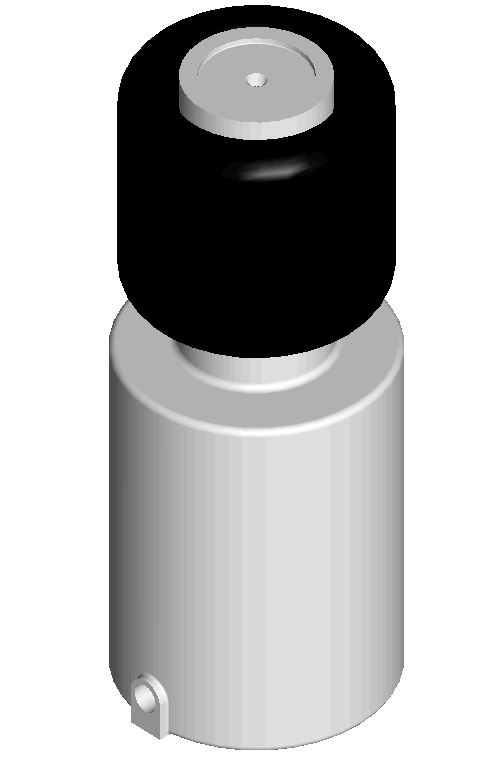 For further information contact:
For further information contact:FOR IMMEDIATE RELEASE March 28, 2001
 For further information contact:
For further information contact:
Charles Van Breemen
INVENTIONEERING™
805 Park Street
Clearwater, FL 33756
727 446-8400
fax 727 446-8900
chuck @ inventioneering.org
SELF-DAMPED AIR SPRING ELIMINATES NEED FOR SHOCK
ABSORBER
Up till now suspension engineers have been forced to use a shock absorber
in their suspensions tocontrol harmonic vibration. However, use of a shock
absorber in a suspension or vibrationisolation system always reduces the
effectiveness of the isolation. This is because the shockabsorber transmits
some of the shock directly to the isolated part. It can be said that the
shockabsorber is doing the wrong thing, at least half the time. Suspension
engineers in the past havetried to get around this by designing expensive
and complicated computer controlled systems.
Now suspension designers have a simpler option--the self-damped air spring.
The self-damped airspring eliminates the need for an additional damping device
by creating a force that is 180degrees out of phase with the force in function.
Isolation is improved because the initial forcefrom the input is absorbed
totally by the spring with no damping. Damping occurs naturally andonly when
needed. Damping forces up to 30% of critical have been measured.
The self-damped air spring consists of a variable volume air chamber (such
as conventional airspring) and an additional fixed volume air chamber usually
forming one end of the air spring. Thevariable volume chamber and the fixed
volume chamber are separated by an orifice. Design isoptimized by a new computer
program which calculates optimum size of all of the importantparameters.
The computer program has been validated by tests that show close comparison
between computer results and actual tests.
The self-damped air spring is protected by patent No. 4,871,189 and is available for license. Contact the inventor, Charles Van Breemen, at INVENTIONEERING, 1807 Douglas Ave.,Clearwater, FL 33755. Tel: 727 446-8400/ Fax 727 446-8900 Email:chuck@inventioneering.org.